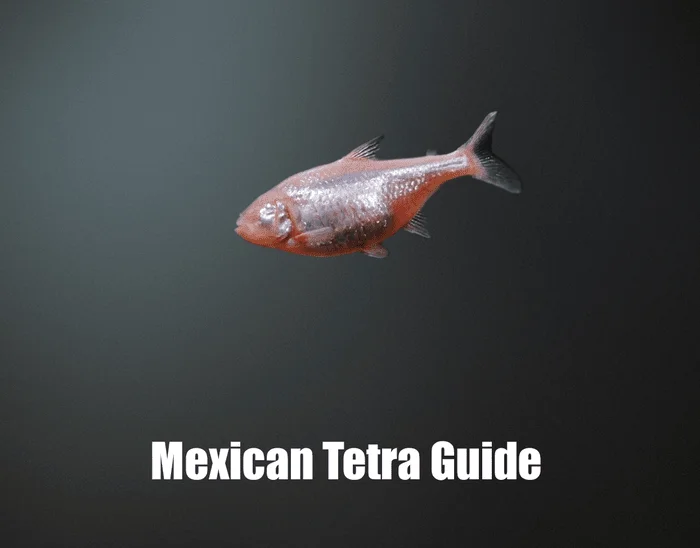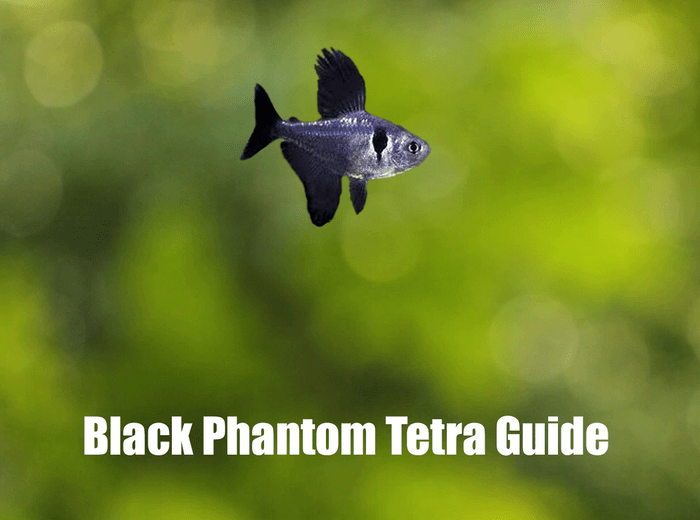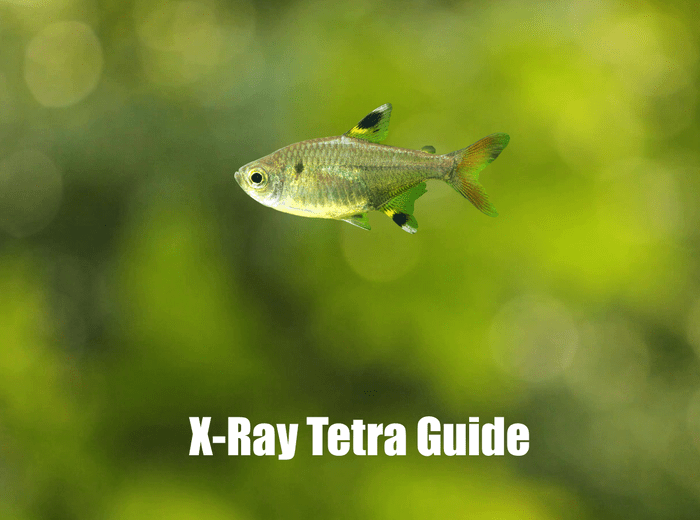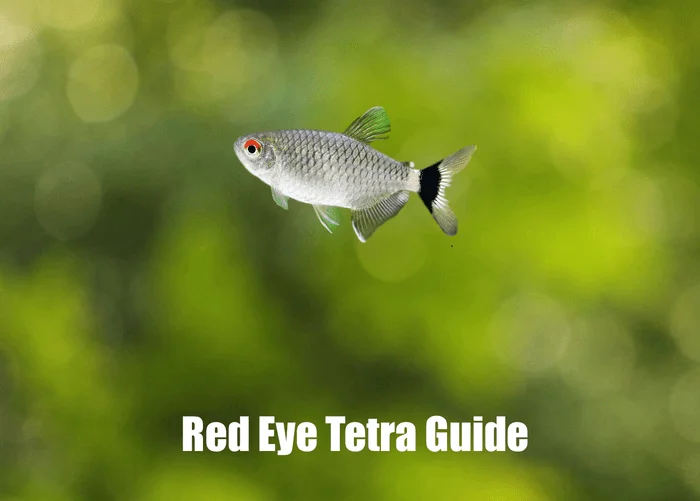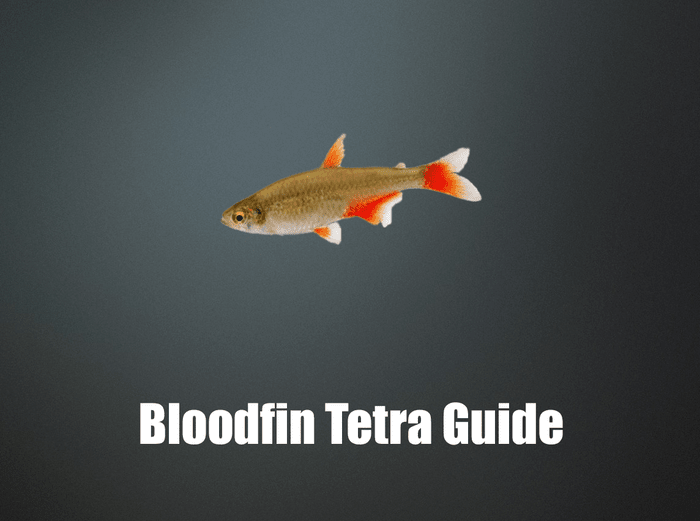Complete Care Guide for Four Spot Tetra: Creating a Unique Aquarium
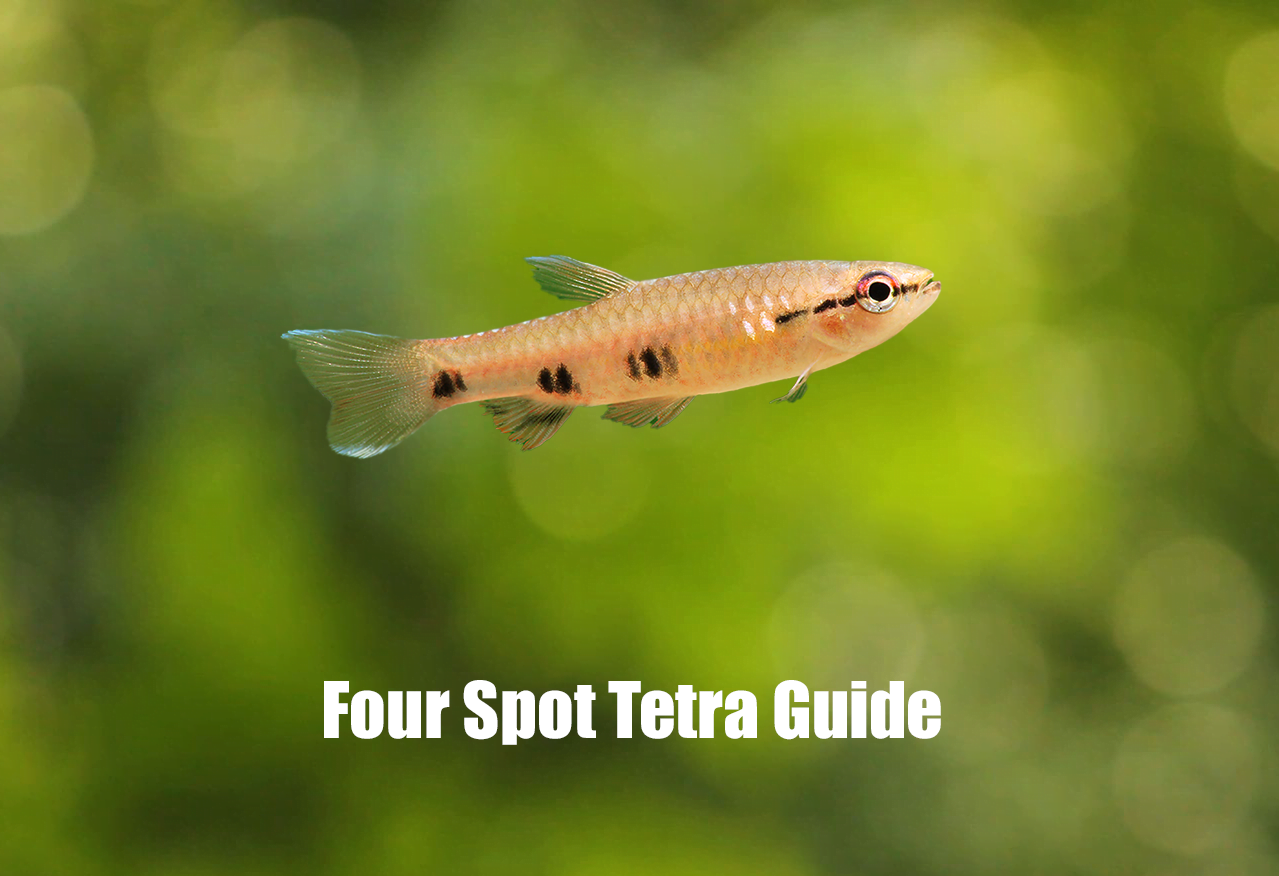
Introduction
Considering the Four Spot Tetra (Pyrrhulina spilota) for your aquarium or looking to enhance their care? This detailed guide is crafted for aquarists of all experience levels. The Four Spot Tetra, recognized by its striking appearance marked by distinctive black spots and elongated fins, makes a captivating addition to freshwater setups. This guide will explore all the essentials you need to know to ensure your Four Spot Tetra thrive, from tank requirements to feeding preferences and health management, providing comprehensive insights into their upkeep.
Understanding Four Spot Tetra
Origin and Characteristics
Four Spot Tetra, native to the lush, aquatic habitats of South America, are a visually striking species in the aquarium hobby. These moderately-sized fish typically reach about 2 inches in length and are known for their vibrant, silvery bodies punctuated by four prominent black spots—one near the head, another mid-body, and two at the tail. Their elongated, flowing fins are also noteworthy, adding an elegant grace to their movements.
Males become particularly vibrant during the breeding season, displaying enhanced colors and more pronounced fin displays. Their peaceful demeanor and adaptability to various tank conditions make them a favorite among aquarists. Four Spot Tetra are active, mid-water swimmers who enjoy the company of their kind, often seen engaging in playful behavior, which brings a lively and engaging dynamic to any aquarium setting.
Behavior and Tank Mates
Four Spot Tetra are peaceful, schooling fish and should be kept in groups of at least six to thrive. They are perfect for community tanks that house other peaceful, similarly sized fish. Their graceful swimming and non-aggressive nature make them a favorite choice among aquarists. Here are some common and suitable tank mates for Four Spot Tetra:
- Other Peaceful Tetras: Such as Neon or Rummy Nose Tetra.
- Dwarf Cichlids: Like Apistogrammas, which are also peaceful.
- Peaceful Barbs: Like Cherry Barbs.
- Dwarf Corydora: Peaceful bottom dwellers.
- Small Rasboras: Harmonize well in a community tank.
- It’s important to choose tank mates that are peaceful and won’t outcompete the Four Spot Tetra for food
Remember, while choosing tank mates, consider factors like water parameters, size, temperament, and dietary needs to ensure a harmonious aquarium. Also, always introduce new fish gradually and monitor their interactions to ensure a peaceful environment. 🐠
Setting Up the Perfect Tank
Tank Size and Conditions
A 20-gallon tank or larger is recommended for a school of Four Spot Tetra but they will benefit from some more swimming room. These Tetra thrive in specific water conditions that mimic their natural habitat. Additionally, maintaining ideal water parameters is the key to ensuring their health and well-being in a home aquarium. Here’s a breakdown of their ideal water conditions:
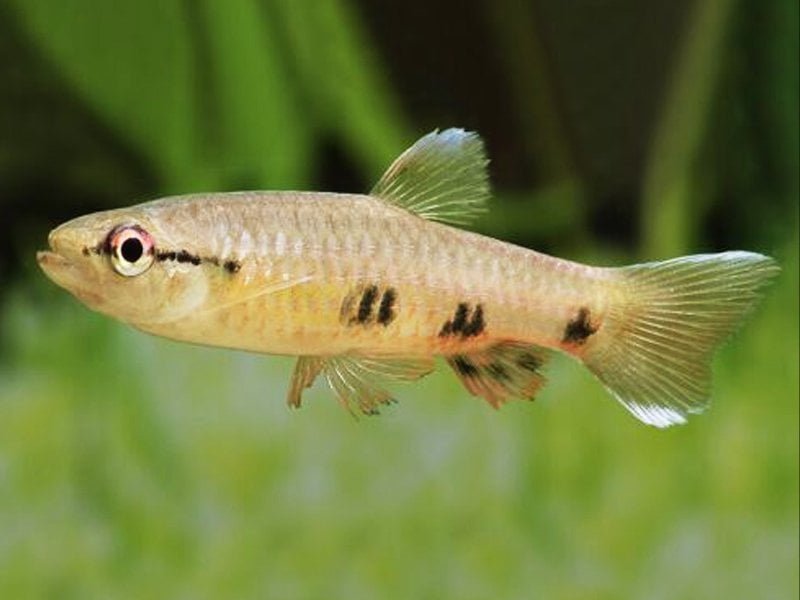
- Temperature: 72°F to 82°F (22°C to 28°C). This tropical temperature range helps in promoting their natural behavior and vibrant coloration.
- pH Level: 5.5 and 7.5, slightly acidic to neutral water conditions.
- Water Hardness: 5-19 dGH, indicating they prefer soft to moderately hard water
- Water Quality: Like most fish, Four Spot Tetra require clean and well-oxygenated water. Regular water changes (about 25% per week) are recommended to maintain good water quality. It’s crucial to remove any chlorine or chloramine from tap water before adding it to the tank.
- Nitrate Levels: Keeping nitrate levels low is important, as high levels can be harmful. Aim to keep nitrates below 20 ppm.
- Ammonia and Nitrite Levels: Both ammonia and nitrite should always be at 0 ppm. Even small amounts of these can be toxic to fish.
It’s important to use a reliable aquarium test kit to regularly monitor these water parameters. Sudden changes in water conditions can stress or harm your fish, so any adjustments should be made gradually. Maintaining stable water conditions is key to the health and longevity of your Four Spot Tetra. 🌊
Lighting and Decor
- Moderate Lighting: Mimic their natural, slightly shaded habitat with moderate lighting.
- Day/Night Cycle: Maintain a regular cycle, typically around 10-12 hours of light per day.
- Plants: Dense vegetation, including tall and floating plants, to provide hiding spaces and a natural environment.
- Substrate: A dark-colored substrate can enhance the natural colors of the fish.
- Hiding Places: Include driftwood, rocks, and caves for shelter.
- Open Swimming Space: Ensure ample free-swimming space to accommodate their active swimming behavior.
Diet and Nutrition
Feeding Habits
Four Spot Tetra are omnivorous. Therefore, a balanced diet including high-quality flake foods, frozen or live brine shrimp, daphnia, and occasional vegetable supplements will keep them healthy.
Feeding Schedule
To maintain optimal health and avoid overfeeding, provide your fish with small, measured portions once or twice daily. Overfeeding can lead to water quality issues, such as increased ammonia levels, which can be harmful to fish. Instead, offer just enough food that they can consume within a few minutes.
This approach not only helps in regulating their diet but also keeps the tank environment clean and stable. Monitoring their feeding habits closely allows you to adjust the quantity as necessary, ensuring that each fish receives adequate nutrition without excess waste.
Frequently Asked Questions
A Four Spot Tetra grows to about 2 inches once mature.
Four Spot Tetras are schooling fish, and like many other schooling species, they thrive when kept in groups. To ensure their well-being and to allow for natural schooling behavior, it’s recommended to keep them in groups of at least six.
A Four Spot Splash Tetra is another name for the Four Spot Tetra, or Pyrrhulina spilota
Health and Wellness
Breeding Tips
Breeding Four Spot Tetra can be a rewarding experience, but it requires a bit of preparation and understanding of their breeding behavior. Here are some tips to help you successfully breed Four Spot Tetra:
- Breeding Tank: Set up a separate tank with soft, slightly acidic water (pH around 6.0-6.5) and a temperature of about 77°F (25°C). Dim lighting and fine-leaved plants or spawning mops are recommended.
- Identifying and Introducing Breeding Pairs: Choose healthy, mature fish (around 6-12 months old). The males are typically brighter and have slightly longer fins. Introduce them into the breeding tank, ideally one male to every two females.
- Condition the Breeders: Feed them high-quality live or frozen foods to encourage spawning.
- Spawning Process: Introduce a well-conditioned pair or small group. Spawning usually occurs in the morning.
- Post-Spawning Care: Remove the adults post-spawning to prevent egg predation. The eggs typically hatch in about 24-36hrs.
- Rearing Fry: Start with infusoria or liquid fry food, then graduate to baby brine shrimp as they grow.
Remember, patience is key when breeding fish. It might take a few attempts before you see success. Keep a close eye on the water parameters and the health of both the adult fish and the fry to ensure a successful breeding experience. Good luck!
Common Health Concerns
Four Spot Tetras, while robust, are susceptible to common health issues faced by many tetra species, such as ich (white spot disease) and fungal infections. These conditions can be especially problematic for Four Spot Tetras, considering their distinctive markings and dynamic behavior. To ensure their health, it is crucial to maintain optimal tank conditions. This involves performing regular water changes, keeping water parameters (pH, temperature, and hardness) stable, and providing a well-balanced diet to strengthen their immune system. Such diligent care helps prevent disease and keeps these striking fish thriving in their aquatic environment.
Additionally, Four Spot Tetras thrive in slightly acidic water, which mirrors their natural South American habitat. It’s crucial to monitor the tank regularly for any signs of stress or disease and respond quickly to any issues. Early detection and intervention are vital to preventing these common problems from worsening. Maintaining a clean, stable aquatic environment and understanding the specific needs of Four Spot Tetras are essential for preserving their vibrant appearance and lively behavior. Learn more about effective tank management to ensure your Four Spot Tetras flourish in your aquarium.
Life Expectancy
With proper care, these Four Spot Tetra can live up to 5 years. Regular monitoring and maintenance of the tank environment are key to their longevity
Four Spot Tetra Wrap Up
In conclusion, Four Spot Tetras add a unique touch of elegance and lively energy to any freshwater aquarium. By adhering to the guidelines presented in this comprehensive care guide, you can create a thriving environment that meets the specific needs of your Four Spot Tetras.
With their striking black spots and active schooling behavior, these fish not only enhance the visual allure of your tank but also contribute to a vibrant aquatic ecosystem. The key to a healthy and dynamic aquarium is maintaining a stable and nurturing environment.
By providing your Four Spot Tetras with appropriate water conditions, a balanced diet, and attentive care, you’ll ensure that these distinctive fish continue to thrive, bringing life and beauty to your aquarium.
Share Your Tetra Experiences
Do you have any stories or tips about your Tetra tank? Share them in the comments below!
Help Others Discover This Guide
Navigate the Tetra in your tank with confidence. This guide is your pathway to creating a vibrant and healthy aquatic showcase. Enjoy the dazzling colors and lively nature of these unique fish!

